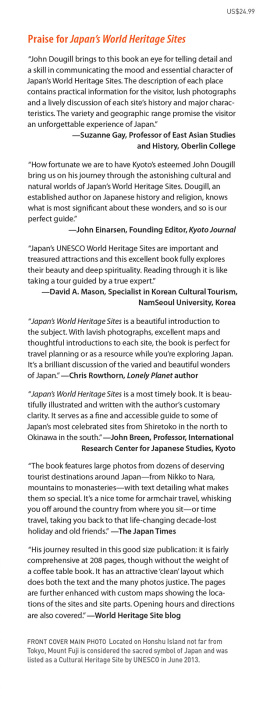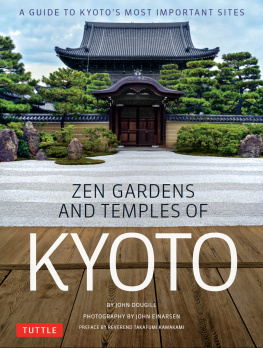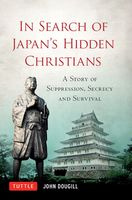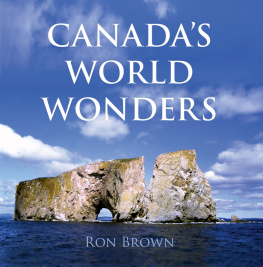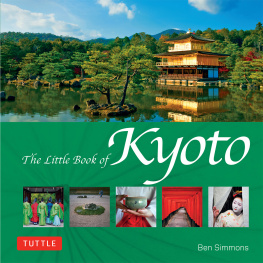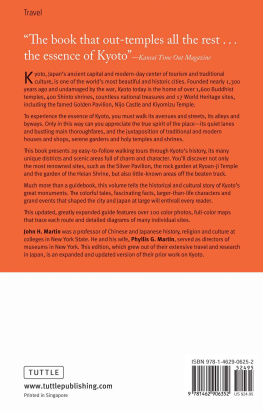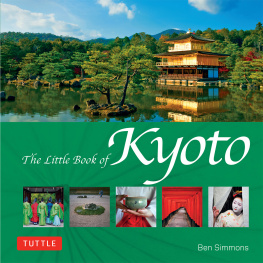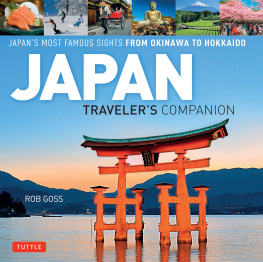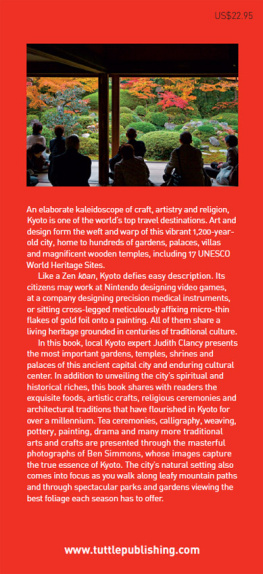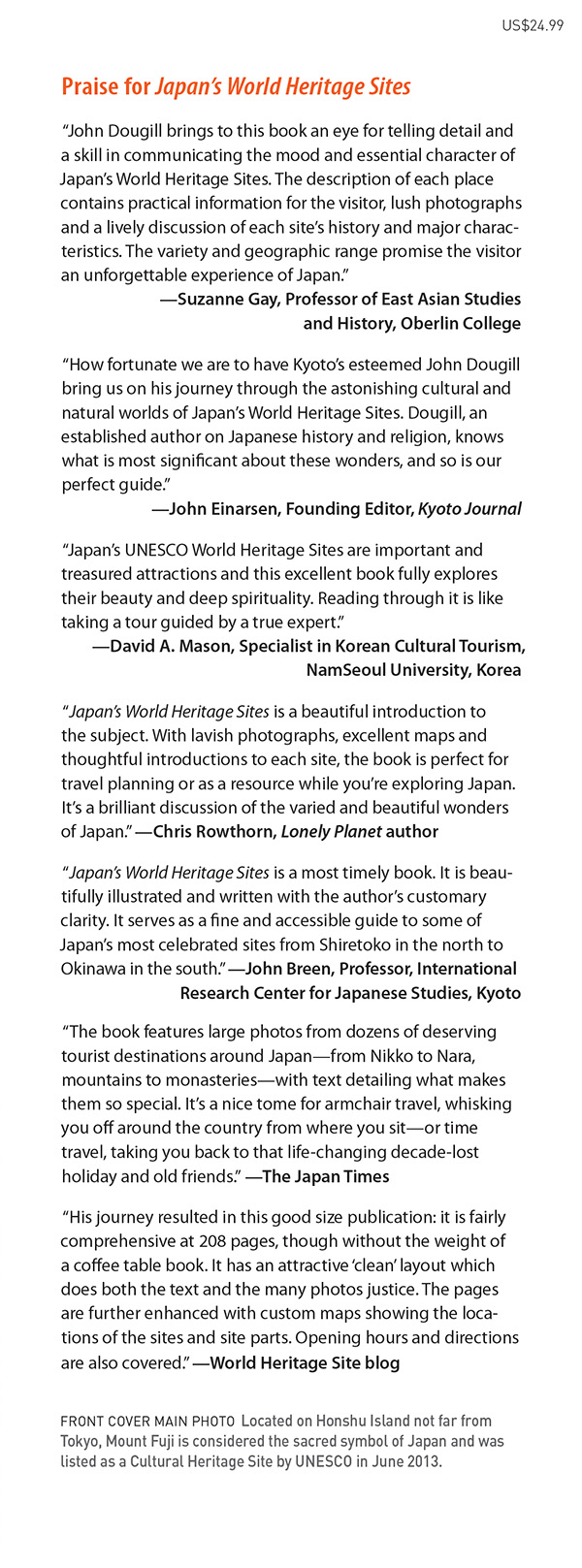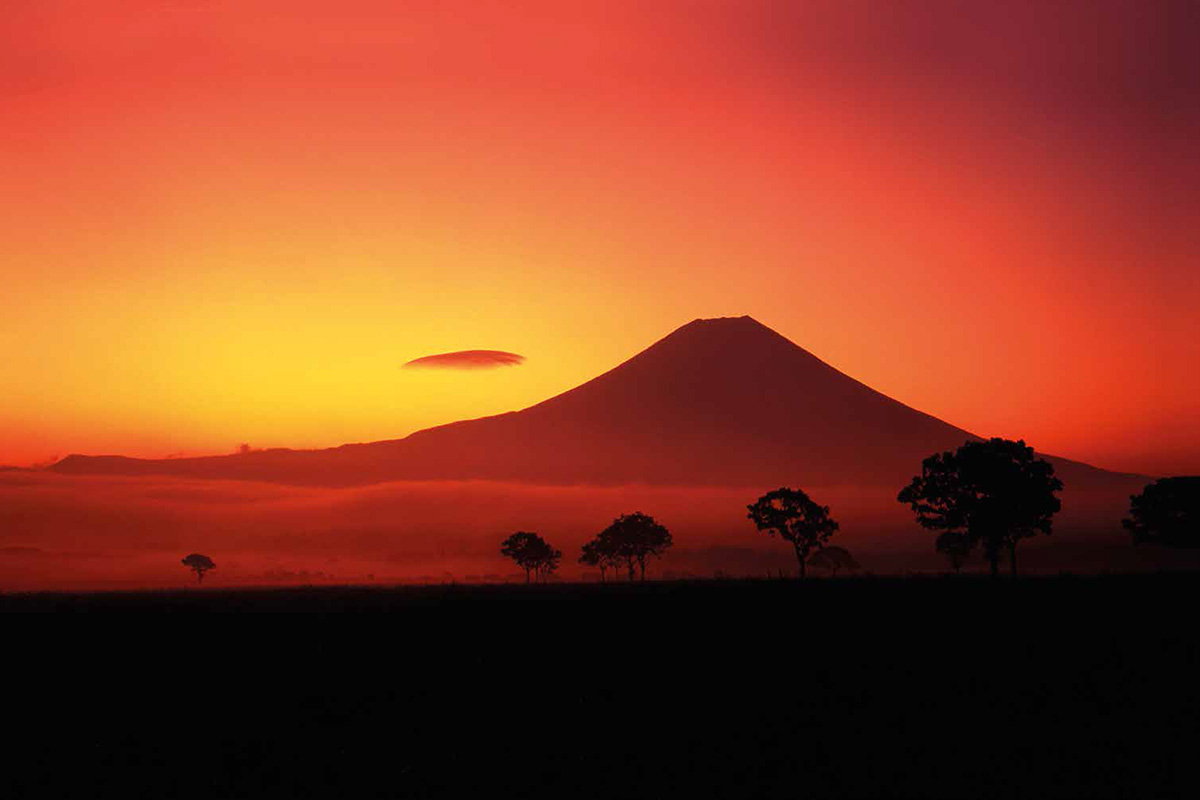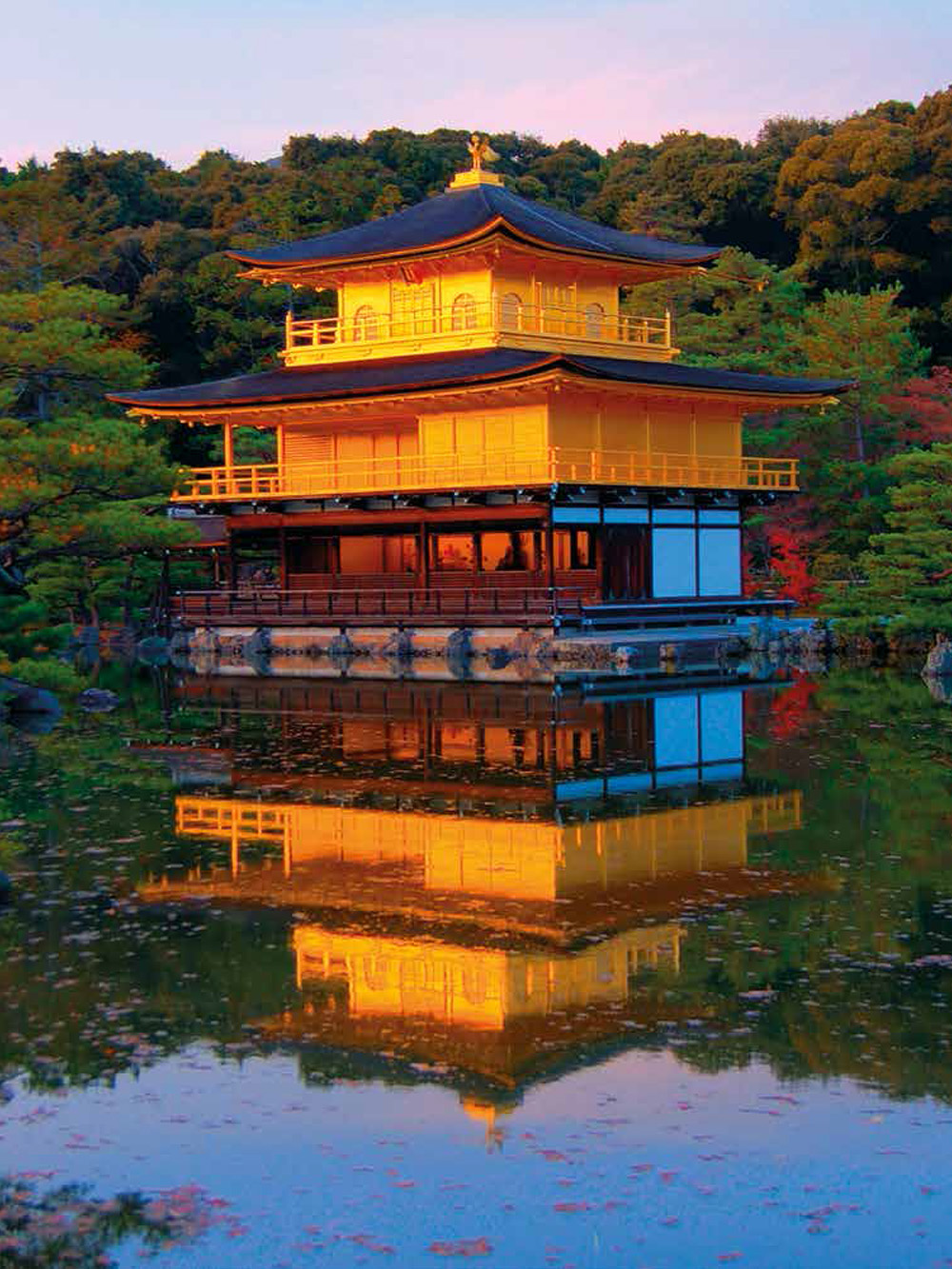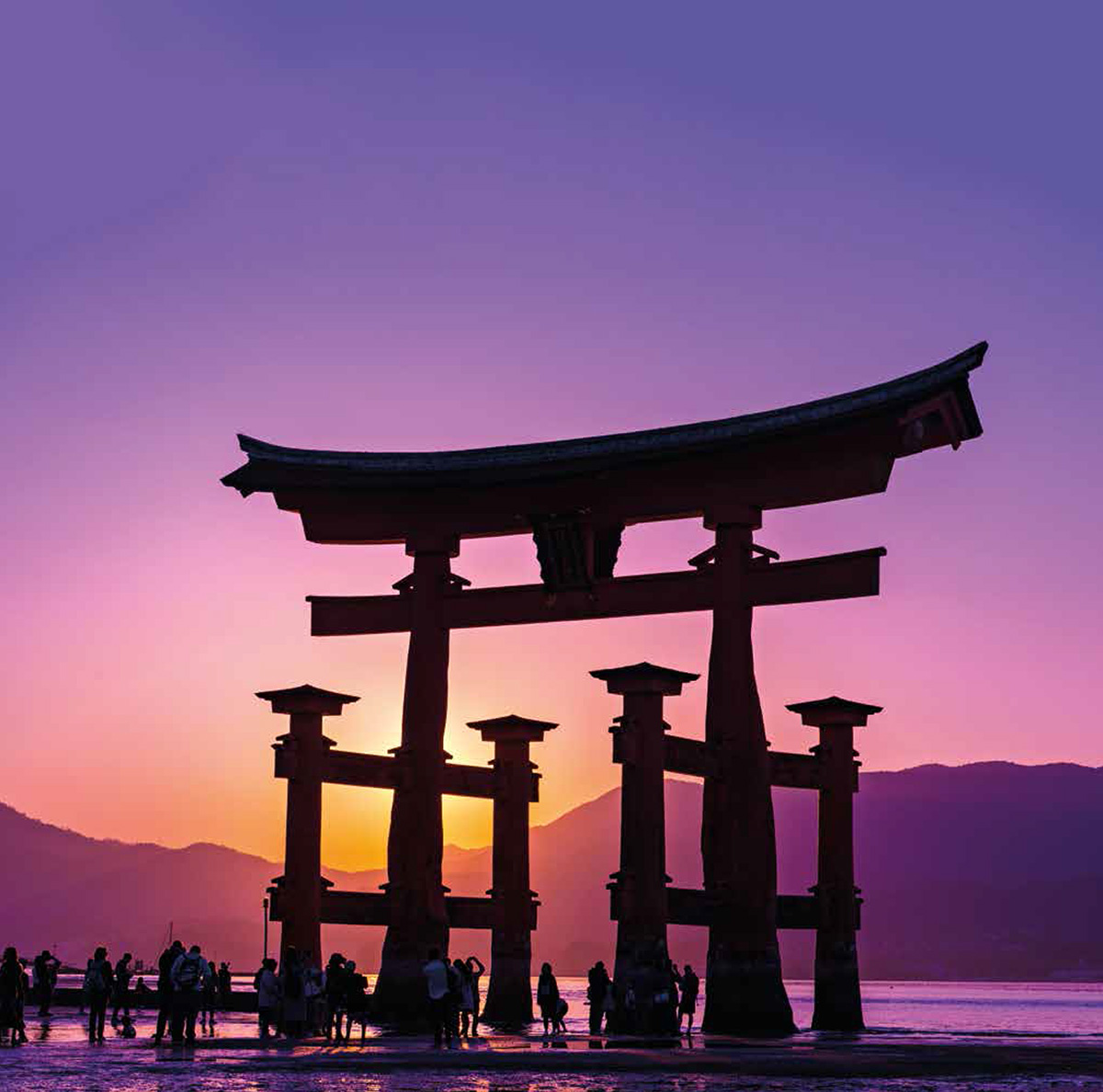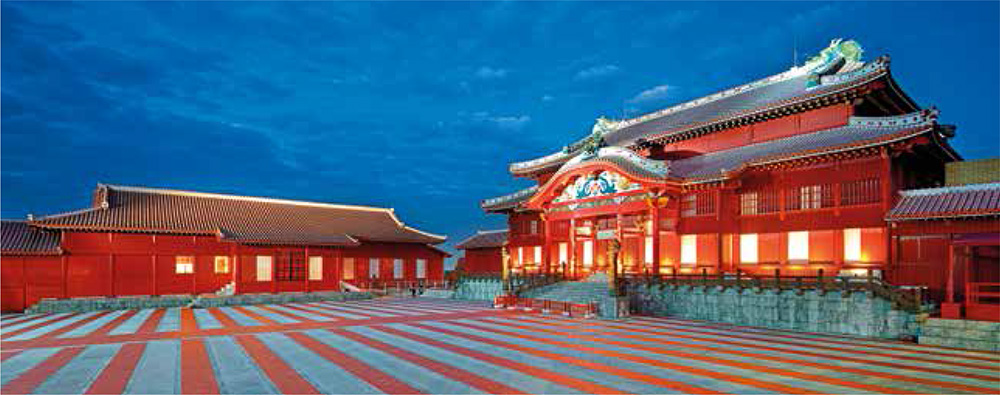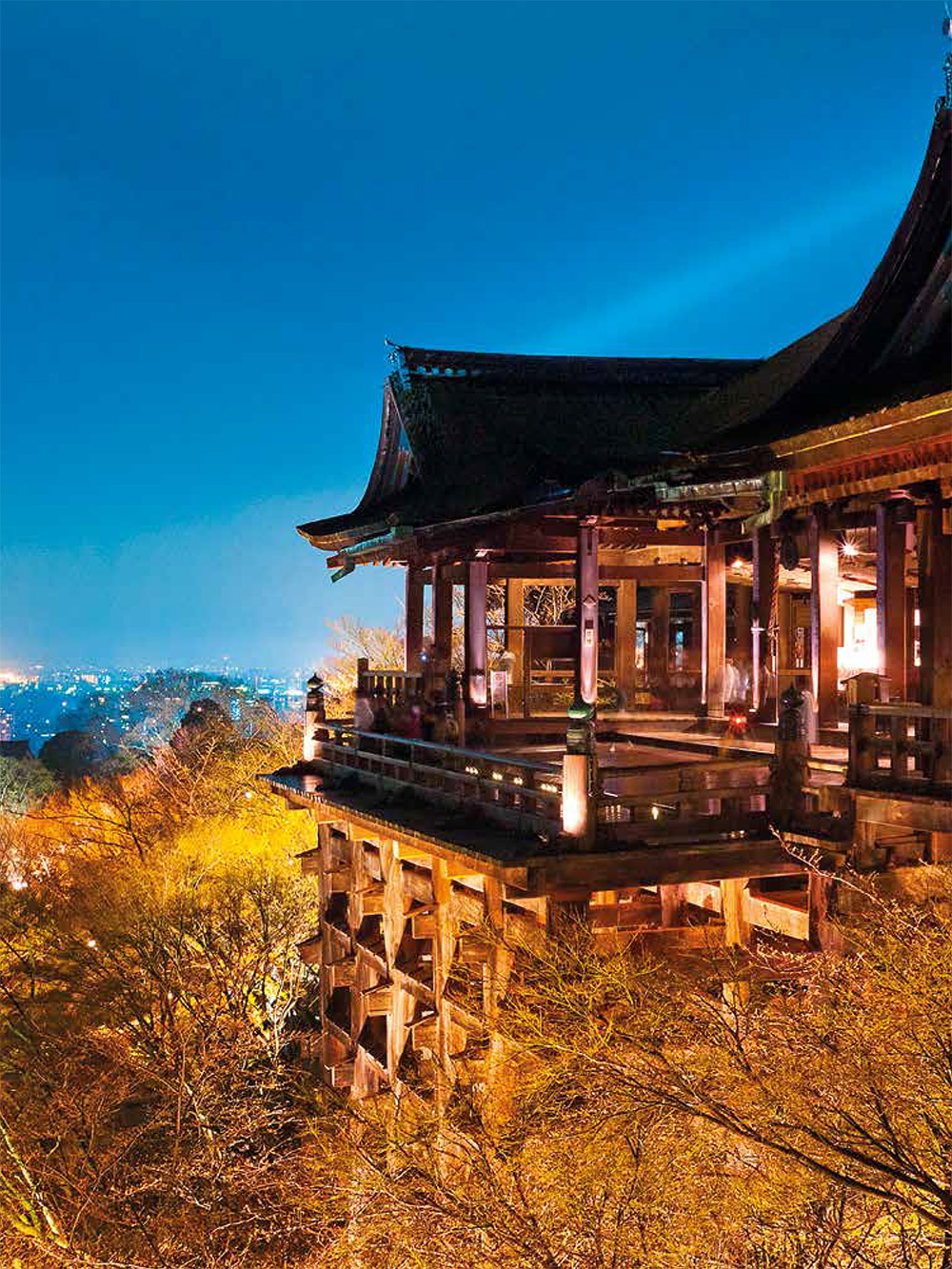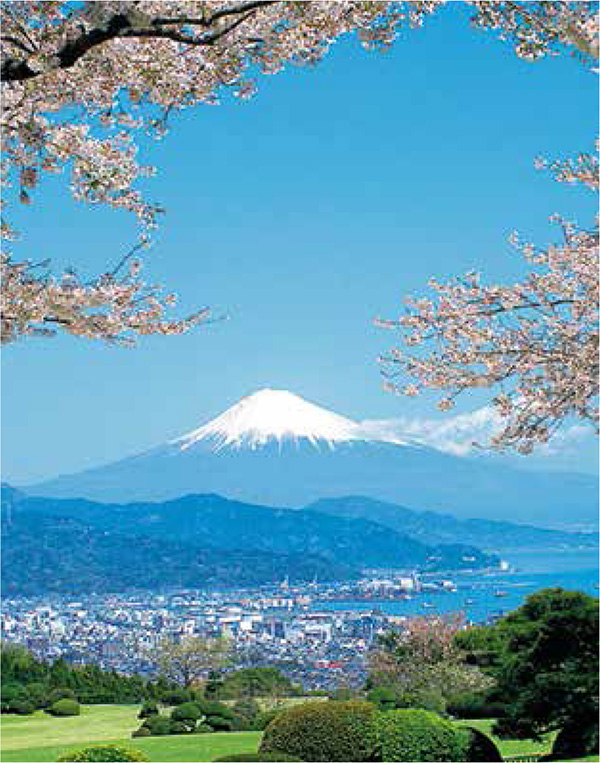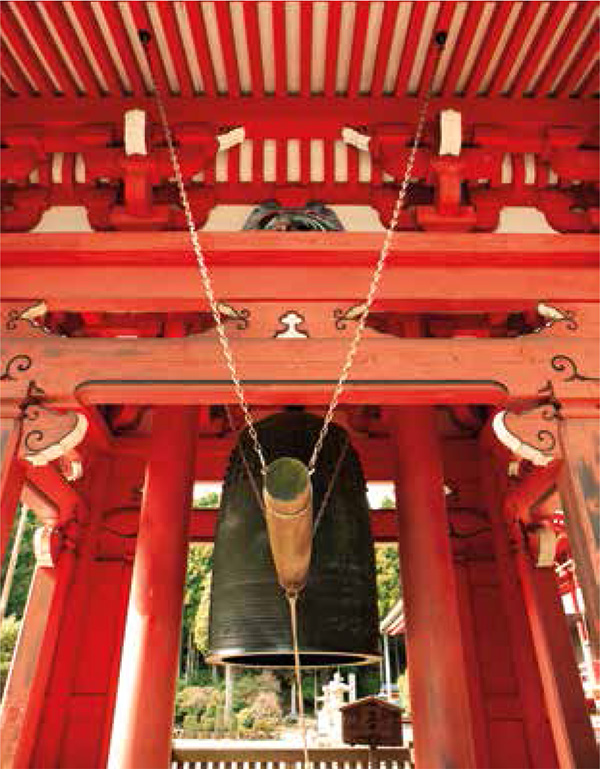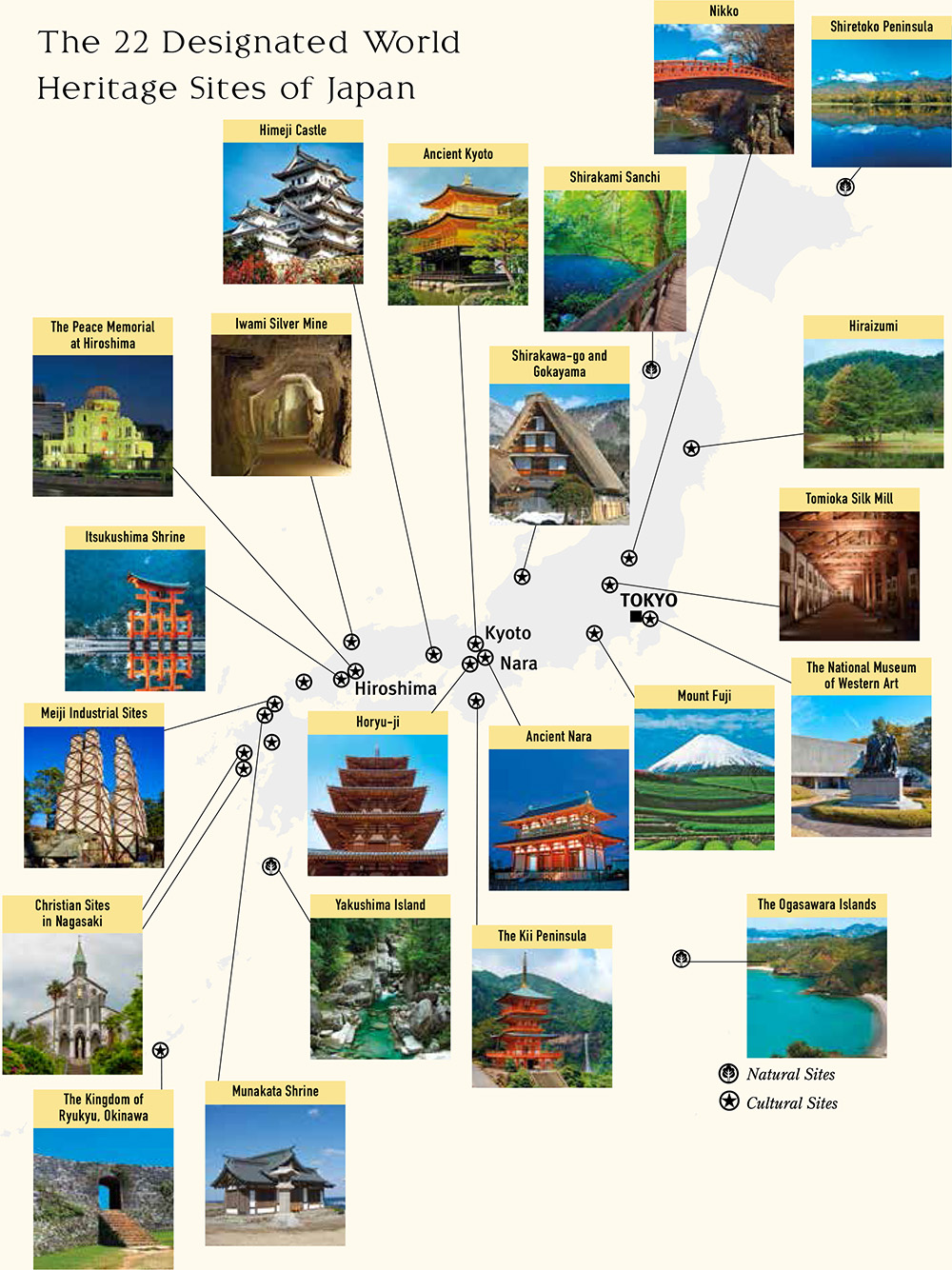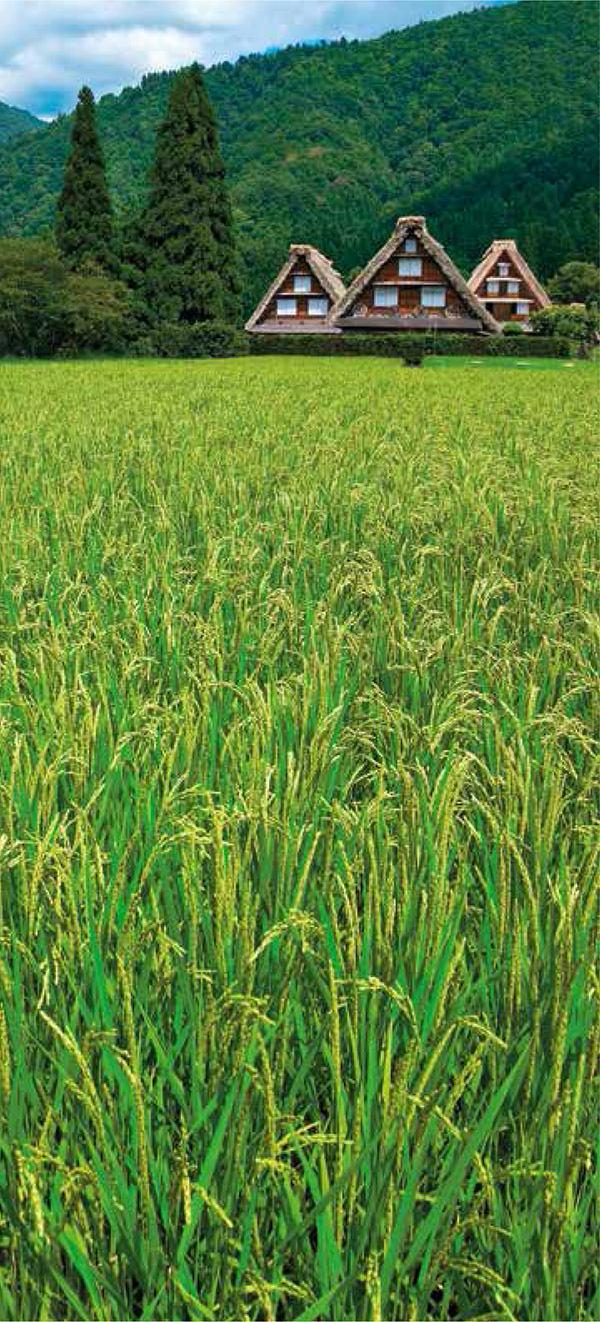John Dougill - Japans World Heritage Sites: Unique Culture, Unique Nature
Here you can read online John Dougill - Japans World Heritage Sites: Unique Culture, Unique Nature full text of the book (entire story) in english for free. Download pdf and epub, get meaning, cover and reviews about this ebook. year: 2014, publisher: Tuttle Publishing, genre: Detective and thriller. Description of the work, (preface) as well as reviews are available. Best literature library LitArk.com created for fans of good reading and offers a wide selection of genres:
Romance novel
Science fiction
Adventure
Detective
Science
History
Home and family
Prose
Art
Politics
Computer
Non-fiction
Religion
Business
Children
Humor
Choose a favorite category and find really read worthwhile books. Enjoy immersion in the world of imagination, feel the emotions of the characters or learn something new for yourself, make an fascinating discovery.
- Book:Japans World Heritage Sites: Unique Culture, Unique Nature
- Author:
- Publisher:Tuttle Publishing
- Genre:
- Year:2014
- Rating:3 / 5
- Favourites:Add to favourites
- Your mark:
Japans World Heritage Sites: Unique Culture, Unique Nature: summary, description and annotation
We offer to read an annotation, description, summary or preface (depends on what the author of the book "Japans World Heritage Sites: Unique Culture, Unique Nature" wrote himself). If you haven't found the necessary information about the book — write in the comments, we will try to find it.
Its a nice tome for armchair travel, whisking you off around the country from where you sitor time travel, taking you back to that life-changing decade-lost holiday and old friends.The Japan Times
Visit the most compelling cultural and nature sites in all of Japan with this beautifully photographed travel guide.
In Japans World Heritage Sites, readers are introduced to the temples, gardens, castles and natural wonders for which Japan is so justly renownedall of those now declared to be Unesco World Heritage Sites. Author John Dougill describes each site in detail, stating why they were singled out by Unesco, the current number and types of sites, the application process, how the sites have been selected, and how difficult it is to be given the special status of a World Heritage Site.
Dougill traveled to all of the sites in Japan to research this book. Because the Japanese archipelago extends from Siberia all the way down to Taiwan, Dougill describes how his journey led him from the sub-Arctic to the sub-tropical zones. These are without a doubt the most interesting sites that Japan has to offer, including the following:
- Mount Fuji, Japans tallest and most sacred volcano. Located on Honshu Island near Tokyo, Mt. Fuji is considered the sacred symbol of Japan
- Himeji Castle, a monument from Japans long feudal history. Also known as Egret Castle, because it looks like a bird taking off in flight.
- Horyu-ji Temple, the worlds oldest surviving wooden structurea center of Buddhist learning that still serves as a seminary and monastery
- Hiroshima Peace Memorial or Atomic-Bomb Domeone of the few structures to partially survive the atomic blast in 1945
- The Ogasawara Islands, a remote archipelago of over 30 islandsincluding Iwo Jimathat is home to rare wildlife and spectacular scenery
Readers will learn how Japan first became involved with the World Heritage Sites program back in 1993, the importance of these designations, and their popularity in Japan, where they are visited by millions of people annually, both Japanese and foreigners.
About the AuthorJohn Dougill is a professor at Ryukoku University in Kyoto. He has authored fourteen Japanese college textbooks as well as Kyoto: A Cultural Guide and In Search of Japans Hidden Christians. Find him at greenshinto.com
John Dougill: author's other books
Who wrote Japans World Heritage Sites: Unique Culture, Unique Nature? Find out the surname, the name of the author of the book and a list of all author's works by series.

